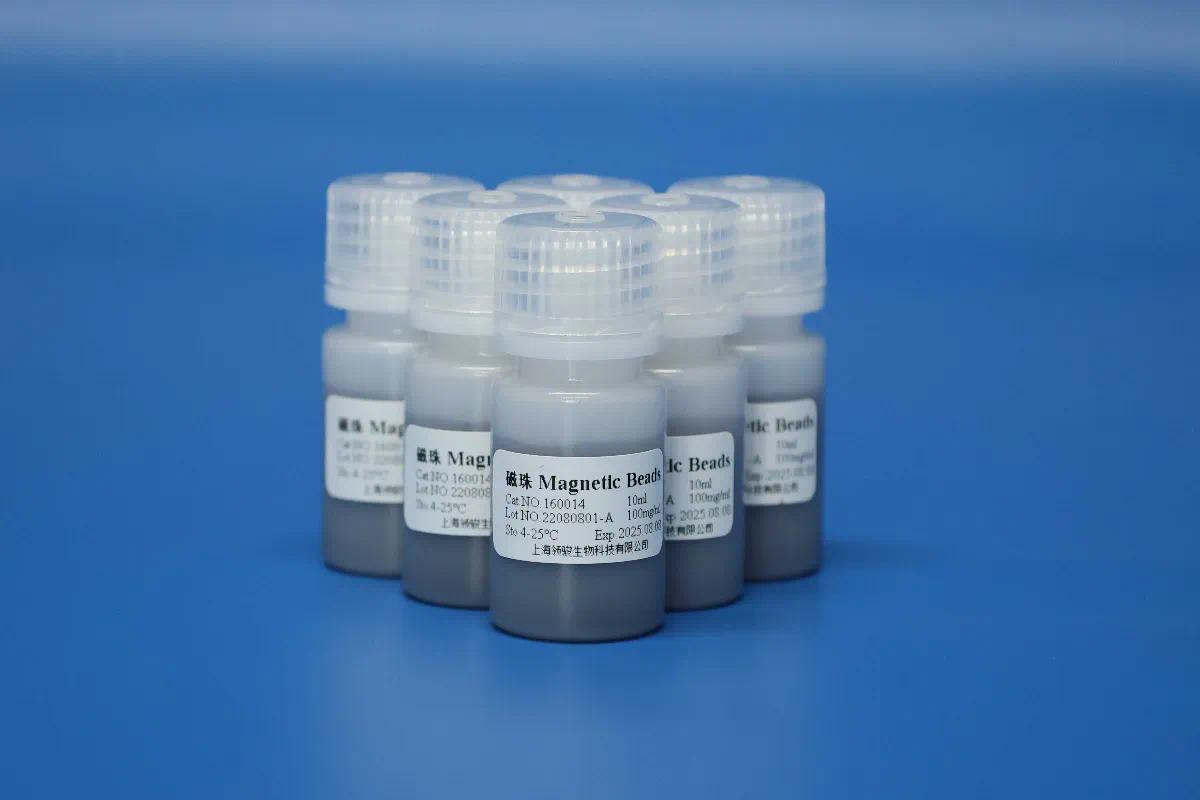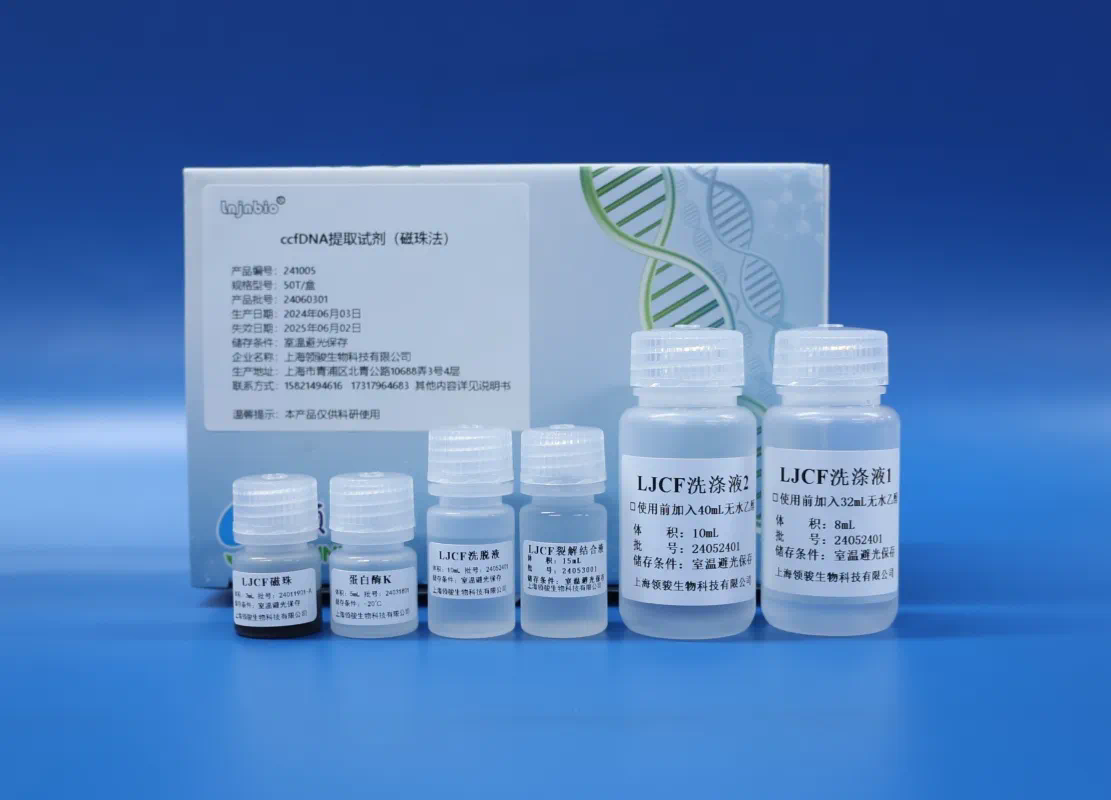Magnetic beads have revolutionized the field of RNA purification, offering a versatile and efficient approach for isolating RNA from various biological samples. This technology utilizes the unique properties of superparamagnetic particles, allowing for rapid separation and purification processes that are critical in molecular biology applications. In this article, we will explore the principles, methodologies, advantages, and applications of magnetic beads in RNA purification.

The basic principle of magnetic bead-based RNA purification lies in the interaction between nucleic acids and surfaces of the beads. Typically coated with specific affinity ligands, these beads can bind to RNA molecules under appropriate conditions. The binding is usually optimized through the use of chaotropic agents or salt solutions, which help to denature proteins and disrupt cellular structures while promoting the binding of RNA to the beads.
One of the significant advantages of using magnetic beads for RNA purification is their ease of use. Traditional methods such as phenol-chloroform extraction and silica column-based purification can be labor-intensive and time-consuming. In contrast, magnetic bead-based approaches streamline the process, allowing researchers to perform multiple samples simultaneously and achieve higher yields of intact RNA.
When selecting magnetic beads for RNA purification, researchers should consider several factors. The size of the beads plays a crucial role in their efficiency. Typically, beads range in size from 0.5 to 2 micrometers. Smaller beads may provide a larger surface area for binding, but larger beads are easier to separate from the solution. Additionally, the coating material on the beads significantly influences their binding capacity and specificity. Common coatings include oligo(dT) for poly(A) RNA isolation and specific antibodies for targeted RNA purification.
The protocol for RNA purification using magnetic beads generally involves several key steps. First, the sample is lysed using a lysis buffer that typically contains detergents and chaotropic agents to release RNA into the solution. Following lysis, the magnetic beads are added to the lysate. After a brief incubation period, the beads are subjected to a magnetic field, allowing them to be separated from the solution. At this stage, unbound contaminants, including proteins and genomic DNA, can be washed away using wash buffers.
Once the washing step is complete, the bound RNA can be eluted from the beads. This is often achieved by using a low-salt buffer or water, which disrupts the interactions between the RNA and the bead surface. The eluted RNA can then be quantified and assessed for purity and integrity using techniques such as spectrophotometry or gel electrophoresis.
Despite their many advantages, there are some challenges trace DNA extraction and purification associated with magnetic bead-based RNA purification. One potential issue is the nonspecific binding of contaminants to the beads, which can lead to reduced RNA yield and purity. To mitigate this problem, researchers may optimize the composition of lysis and wash buffers, or incorporate additional purification steps, such as ethanol precipitation.

Additionally, the efficiency of RNA purification can vary depending on the initial quality of the biological sample. For instance, samples with high levels of degradation, such as those derived from formalin-fixed paraffin-embedded tissues, may require tailored protocols to achieve optimal results. Researchers must also be mindful of potential inhibitors present in the sample, which can affect downstream applications such as reverse transcription and quantitative PCR.
Magnetic bead technology has also paved the way for advancements in high-throughput RNA purification. Automated systems that utilize magnetic beads can handle numerous samples simultaneously, reducing the risk of contamination and operator error. These systems are particularly beneficial for large-scale studies, such as transcriptome analyses or RNA-seq, where high-quality RNA is essential for reliable results.

In addition to standard purification procedures, magnetic beads can be employed for specific applications, such as the isolation of small RNAs or circular RNAs. Small RNAs, including microRNAs and siRNAs, can be selectively enriched using beads that target specific length or sequence characteristics. Similarly, the use of specially designed beads allows for the capture of circular RNAs, which serum/plasma free DNA extraction and purification play important roles in gene regulation and cellular processes.
The versatility of magnetic bead-based RNA purification extends to various types of samples, including cultured cells, tissues, blood, and even environmental samples. Each sample type presents unique challenges and may require modifications to the standard protocols. For instance, isolating RNA from blood often necessitates the use of specialized kits that can efficiently extract RNA while minimizing the co-purification of inhibitors.
Moreover, the integration of magnetic bead technology with other methods, such as CRISPR or RNA interference, opens new avenues for research. By combining RNA purification with gene editing techniques, researchers can investigate the functional roles of specific RNA molecules in cellular pathways and disease mechanisms. This synergy enhances our understanding of gene expression and regulation and has implications for therapeutic development.
In conclusion, magnetic beads have become an indispensable tool in RNA purification, offering a robust, efficient, and adaptable method for isolating RNA from diverse sources. While there are challenges to consider, ongoing innovations in bead technology and purification protocols continue to enhance the reliability and efficiency of RNA isolation. As research progresses, the applications of magnetic bead-based RNA purification are expected to expand, further contributing to our understanding of molecular biology and its implications in health and disease.
https://iflatiron.com/





